Introduction: When the logo became more valuable than the garment
We live in an age where a T-shirt can cost $100 simply because it has an embroidered logo. It's not more comfortable, it doesn't last longer, it doesn't have a finer fabric. But it has a name. And that name has power. It has a history. It has an identity. And the most fascinating thing? We're paying to use it, show it off, and—unknowingly—promote it.
The phenomenon of wearing logos is not new, but in recent decades it has acquired enormous cultural, social, and economic value. Brands no longer just sell us clothes: they sell us a story, a status, a perception of value. And in the process, They have turned us into human fences, into street models without contracts, into unpaid ambassadors.
This article will take you through the history of how that happened, from the origins of fashion, the birth of branding, the rise of the logo as a symbol of power, to the current reality of streetwear, hype, and the viral brands that thrive thanks to you—yes, you—deciding to display their name on your chest.
Origins: Function before logo
The pre-industrial era: unbranded clothing
In the centuries before the Industrial Revolution, clothing wasn't something sold wholesale. It was made by hand, often within the home or by local tailors and seamstresses. It was valued for its functionality, durability, and, in the case of the aristocracy, for its special materials or embroidery. But There was no concept of a “visible brand” on the garmentNobody wore a coat with a name printed on the back.
First European fashion houses
Branding in fashion has its roots in the 19th-century haute couture housesCharles Frederick Worth, considered the father of haute couture, was one of the first to place a name tag on the garments he designed in Paris for high-society women. This small gesture would change the future of fashion forever.
Over time, other houses like Chanel, Dior and Balmain understood that the name had value. It wasn't just the design that mattered anymore, but who had made it. And that "who" would soon become a visual identity, a logo, a badge of belonging.
When the logo did not yet exist
In the early days, these brands signed their pieces discreetly, inside the lining or on interior labels. Luxury was silent. Anyone who wore Chanel knew they were wearing Chanel, but they didn't necessarily shout it to the world. The power of the logo was still dormant. But not for long.
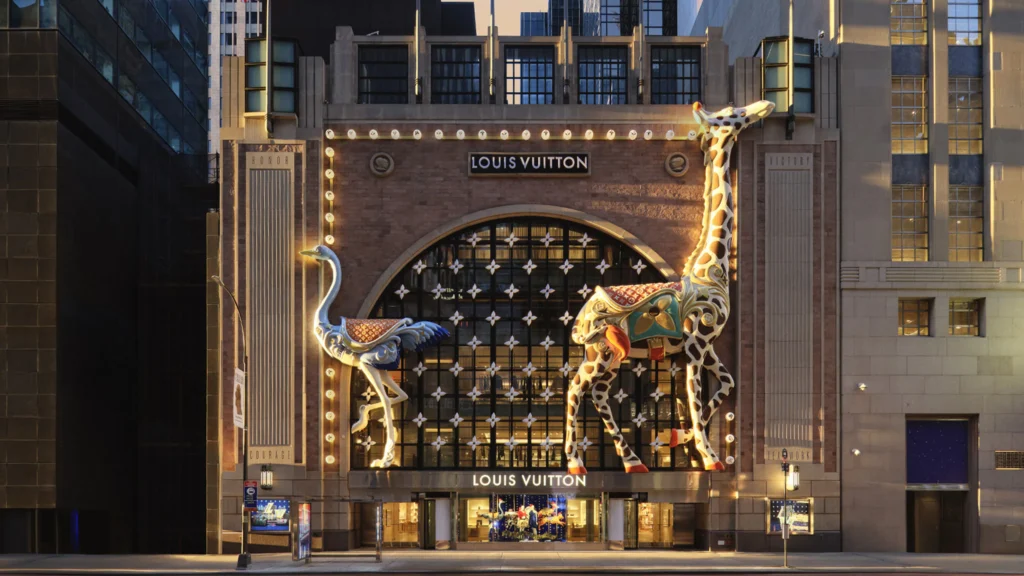
The birth of luxury branding
Louis Vuitton and the monogram
In 1896, Georges Vuitton (Louis's son) made a brilliant decision: he designed the LV monogram with floral and geometric symbols to combat counterfeiting. Without knowing it, he created one of the most recognizable logos on the planet. What began as an anti-piracy measure, transformed into a visual statement of wealth, luxury and taste.
The Louis Vuitton monogram was not hidden. It was designed to be seen. And there began the transition from discreet luxury to visible luxury.
Chanel, Hermès and the power of the emblem
Over time, other iconic houses such as Chanel and Hermes They understood the power of the symbol. Coco Chanel's double C, Hermès's carriage, Ralph Lauren's horse... each of these emblems became more than a logo: a language of identity.
Showing it off was a way of belonging, of silently communicating your socioeconomic status, your cultural affinity, your access to an exclusive world.
Brands as status symbols
As these logos became more visible, They also became more desirable. And that is one of the keys to modern branding: Desire is built around the symbol, not just the product.
When you wear a logo garment, you are not only dressing: you align yourself with a narrative. Clothing is no longer a necessity, but a statement.
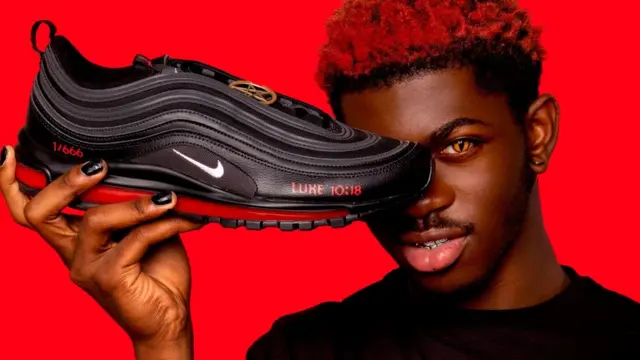
80s and 90s: the logo becomes mainstream
The rise of Tommy, Ralph Lauren and Nike
In the 1980s and 1990s, something changed radically. Branding has left the catwalks and taken to the streets. Brands like Tommy Hilfiger, Nike, Guess and Ralph Lauren They started putting their logos not only on the label, but up front, in a big way, without shame.
The success was explosive. Middle-class youth aspired to wear the same things as the rich. And now, thanks to the visible logo, there was no need to explain what you were wearing. The garment spoke for you.
Hip-hop and urban culture: Showing the brand was part of the message
Hip-hop culture played a crucial role in the glorification of the logo. Artists like Tupac, Biggie, and later Jay-Z and 50 Cent They used marks as uniforms of power, style and conquest.
The logo became part of the "flex," the message of overcoming challenges, of rising from the streets to the top. And brands knew it. Many began collaborating with artists or drawing inspiration from their aesthetics. The street dictated fashion. And fashion sold its soul to branding.
Sports brands and idolatry through branding
Sports brands such as Nike, Adidas, Reebok and Puma They also saw the opportunity. They began to link their logos with star athletes, generating a visual cult: if Jordan wore Nike, you should too. But beyond performance, what mattered was that the logo It was there. Visible. Present. Desired.
The psychology behind wearing a brand
Neurobranding: How a Logo Activates Emotions
Neurological studies have shown that Logos activate areas of the brain associated with emotions, belonging, trust, and desire. When you see a logo you associate with success, you feel more confident. And when you wear it, you feel part of that world.
Modern branding doesn't sell products. Sell emotions.
The effect of belonging, status and aspiration
Using a brand is often an aspirational act. “I’m not rich, but I dress like one.” Or: "If everyone around me is wearing this, I have to wear it too to fit in." The tribe effect is tremendous. No one wants to be left out of the group.
And the logo becomes the password. On the entry pass.
Who promotes whom?
Here comes the most powerful paradox: we are paying to be advertisers. We bought a $90 T-shirt with a brand name on it in big letters… and wore it proudly.
Who wins?
The brand, of course.
You, perhaps, feel part of something.
But without paying you a dollar, they've turned your body into their best billboard.
From consumer to promoter: the reverse model
When brands no longer pay for visibility — you do
Traditional advertising used to consist of ads in magazines, on television, and later on social media. But in fashion, the biggest change happened when The brands themselves managed to turn the consumer into their most visible channel.
It's no longer about paying someone to display your logo. On the contrary: Brands design high-priced clothes that people want, in part, because of the power of that same logo.
It's a brilliant reverse model: Instead of investing in exposure, they make you pay to carry their name.
Merchandising as a master strategy
Merchandising used to be a byproduct: a souvenir T-shirt, an event cap. Today, merchandising has become a star product.
Brands like Yeezy, Balenciaga, Anti Social Social Club, Supreme and many more, have made the logo the central axis of their business. Sometimes the design is almost nonexistent — a white T-shirt with a word on the chest — but if that word is recognizable, desire is activated.
People line up for hours, or pay hundreds on resale, for a piece of cotton with a name on it. Design? Quality? Not necessarily. It's pure brand storytelling.
Free advertising or brand worship?
This phenomenon raises a disturbing question:
Are we getting free advertising… or willingly participating in a brand cult?
The line is blurred. Because, in many cases, consumers feel fortunate to be able to "represent" a brand. Wearing the logo isn't just about showing something, it's about demonstrate something: status, style, belonging, power.
Brands, meanwhile, receive millions in free exposure. And they do so organically, without having to invest in traditional media.
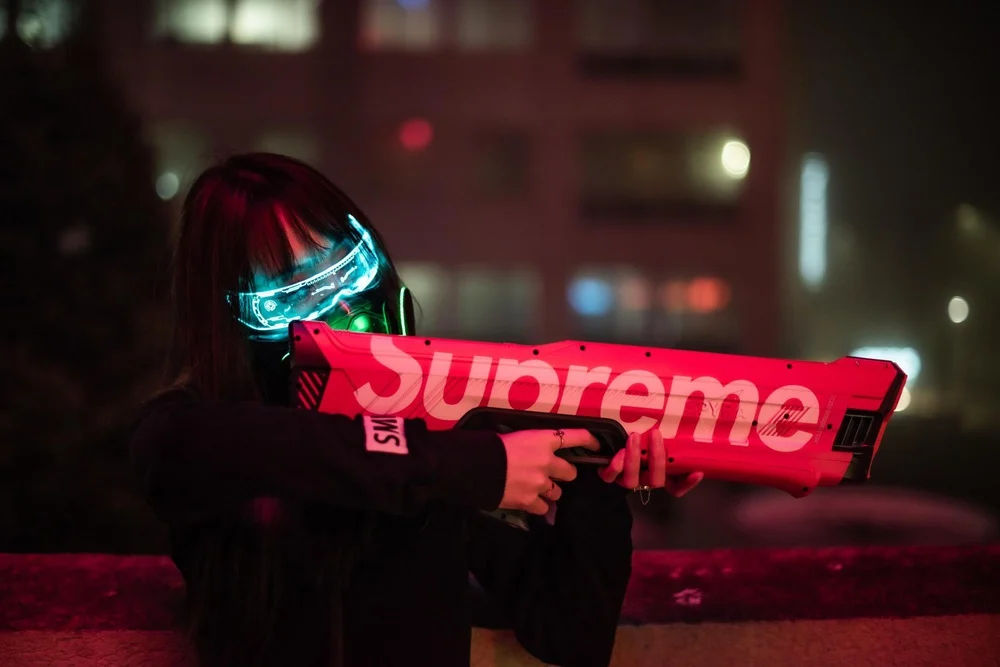
The present: brands that are born as icons
Supreme, Off-White, Balenciaga and the hype
Some brands were born with that vision in mind. Supreme, for example, not only placed its logo on t-shirts and hoodies, but on bricks, fire extinguishers, knives and even coffins.
The message was clear: the logo is the brand, not the product.
Others like Off-White Virgil Abloh's designs combined luxury with urban aesthetics and made the simple act of hanging an orange security tag from a sneaker go viral.
Balenciaga, under the direction of Demna Gvasalia, took this to the extreme: clothes that looked “ugly,” but with luxury prices and visible logos. The logo justifies the price, not the design.
Streetwear and the logo economy
Streetwear culture not only adopted the logo as a symbol, it turned it into currency.
Many streetwear brands rely exclusively on limited drops with visible branding. Scarcity creates hype. Hype creates desire. Desire creates sales. And, most importantly: Social media is filled with photos where that logo appears over and over again.
Instagram, TikTok and YouTube are today the new Times SquareBut instead of paid billboards, we have influencers and ordinary users. paying themselves to do the advertising.
Fashion or identity narrative?
It's no longer just about dressing. It's about building a narrative:
• “I'm a minimalist”
• “I am a rebel”
• “I am creative”
• “I'm in the loop”
• “I have access”
And the logo becomes the visual shortcut to that story. You don't need to say it. You show it.
What's next? The post-logo era (or not)
Minimalism vs. visual maximalism
In recent years, a counter-trend has emerged: brands that avoid visible logos. Think about The Row, COS, Maison Margiela either LemaireThey opt for clean cuts, quality fabrics, and total absence of visible branding.
It's the return of silent luxury, of "I know what I'm wearing, I don't need to tell you."
But still… it's branding. Just more subtle.
The return of understated (but still branding)
Brands like Bottega Veneta either Brunello Cucinelli They do not place visible logos, but their identity is recognizable by their aesthetics, palette and materials.
The high-income consumer sometimes rejects the explicit logo, not because they don't care about the brand, but because their circle already recognizes it without having to see it.
Branding then becomes internal, a form of communication for the initiated.
Emotional branding, not visible
The future of branding may not be visual. It may be sensory or emotionalWhat scent do you associate with a brand? What was your experience when you walked into their store? What emotion did you feel when you used it for the first time?
Brands are investing more and more in create sensations More than products. They want to live in your head, not just your clothes.
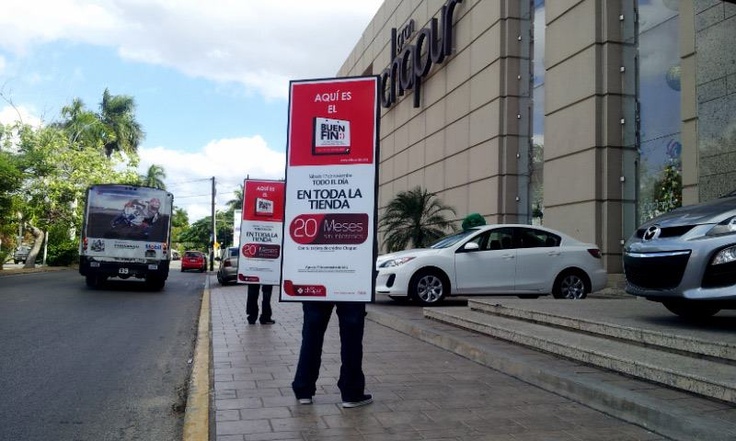
Final reflection: Are we unpaid customers or ambassadors?
The emotional relationship with a brand
Sometimes we buy out of necessity. But other times, We buy because “we like the brand”There's much more to that phrase than meets the eye.
The brand has earned your trust. It's told you a story. It's made you feel part of something. And you, by buying and using it, you validate that story.
Fashion as a tool of symbolic power
Dressing is not just about covering the body. It is build identity, position yourself socially, communicate without words.
Brands know this. That's why they invest millions in storytelling, emotional marketing, and symbol design. Because when you believe in their story, you carry it with you. And when you carry it with you, others want to do the same.
Who uses whom?
And there is the big question:
Are you using a brand…
…or is the brand using you?
Conclusion: The shirt they sold you… with their name printed on it
Fashion has evolved from a functional necessity to a tool for social communication. And within that transformation, branding became its most powerful soul.
Today we don't just buy clothes. We buy identity. We buy perception. We buy logos.
And the most fascinating thing of all is that, many times, we pay to advertise those brands without realizing it.
It's not a mistake.
It's a brilliant strategy.
And you… are part of it.
Frequently Asked Questions (FAQs)
1. Why do brands place their logos in visible places on clothing?
To generate immediate recognition, connect emotionally with the consumer, and turn each customer into a visual promoter of the brand.
2. Is it bad to wear clothes with large logos?
Not necessarily. It's a personal choice. The problem lies in not understanding how this is part of a marketing strategy in which you play a key role.
3. Why do some luxury brands avoid using visible logos?
Because they appeal to an audience that already recognizes their quality without the need for explicit branding. It's a silent luxury that communicates exclusivity only to those "in the know."
4. Do sports brands also use this strategy?
Yes, and very effectively. They link their logos with athletes and aspirational emotions, turning their garments into symbols of power, performance, and style.
5. What role do social networks play in this phenomenon?
They're essential. Today, logos are displayed more on Instagram than on runways. Users create content with brands, generating massive organic advertising.
Visit us and learn about: https://ketingmedia.com/


